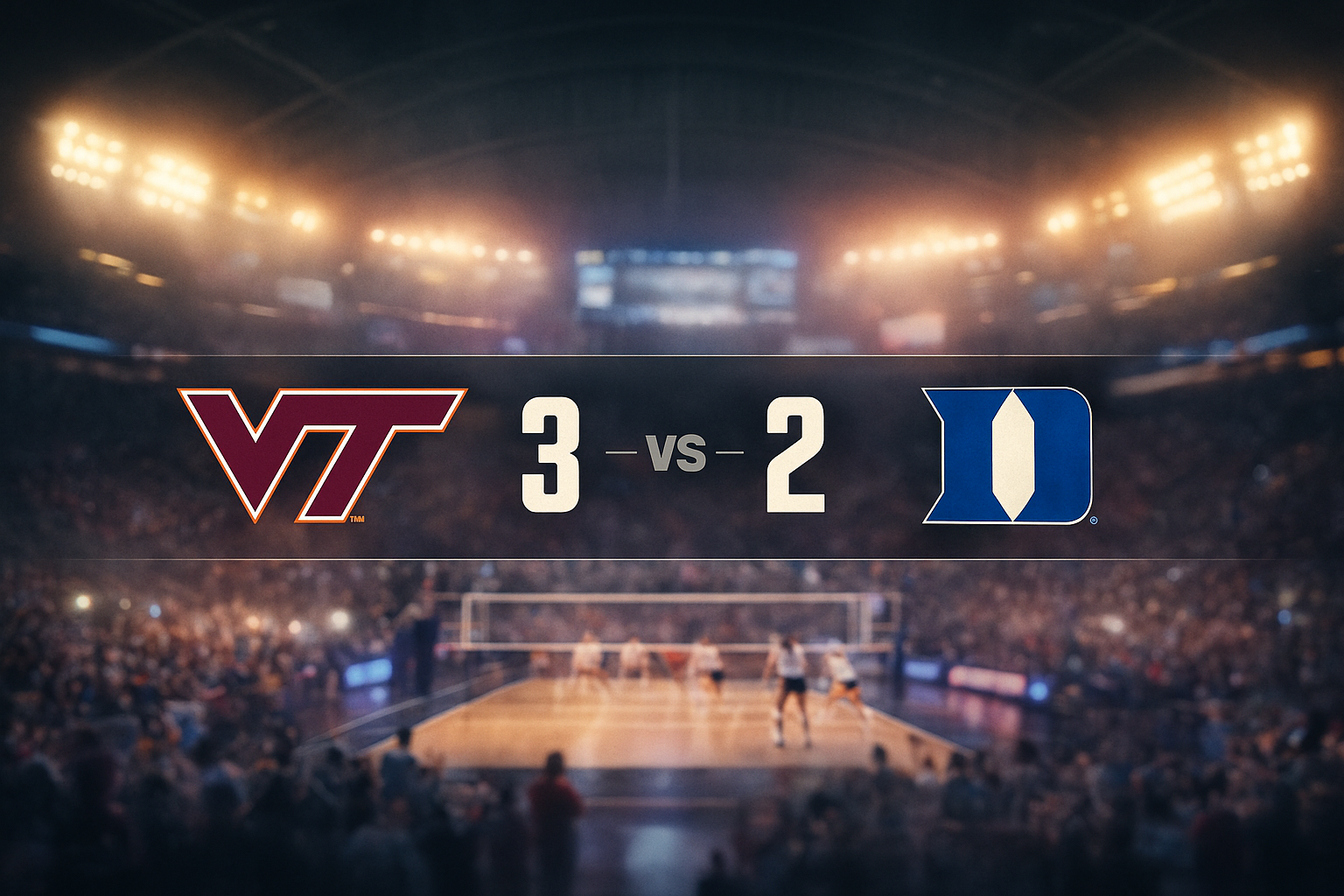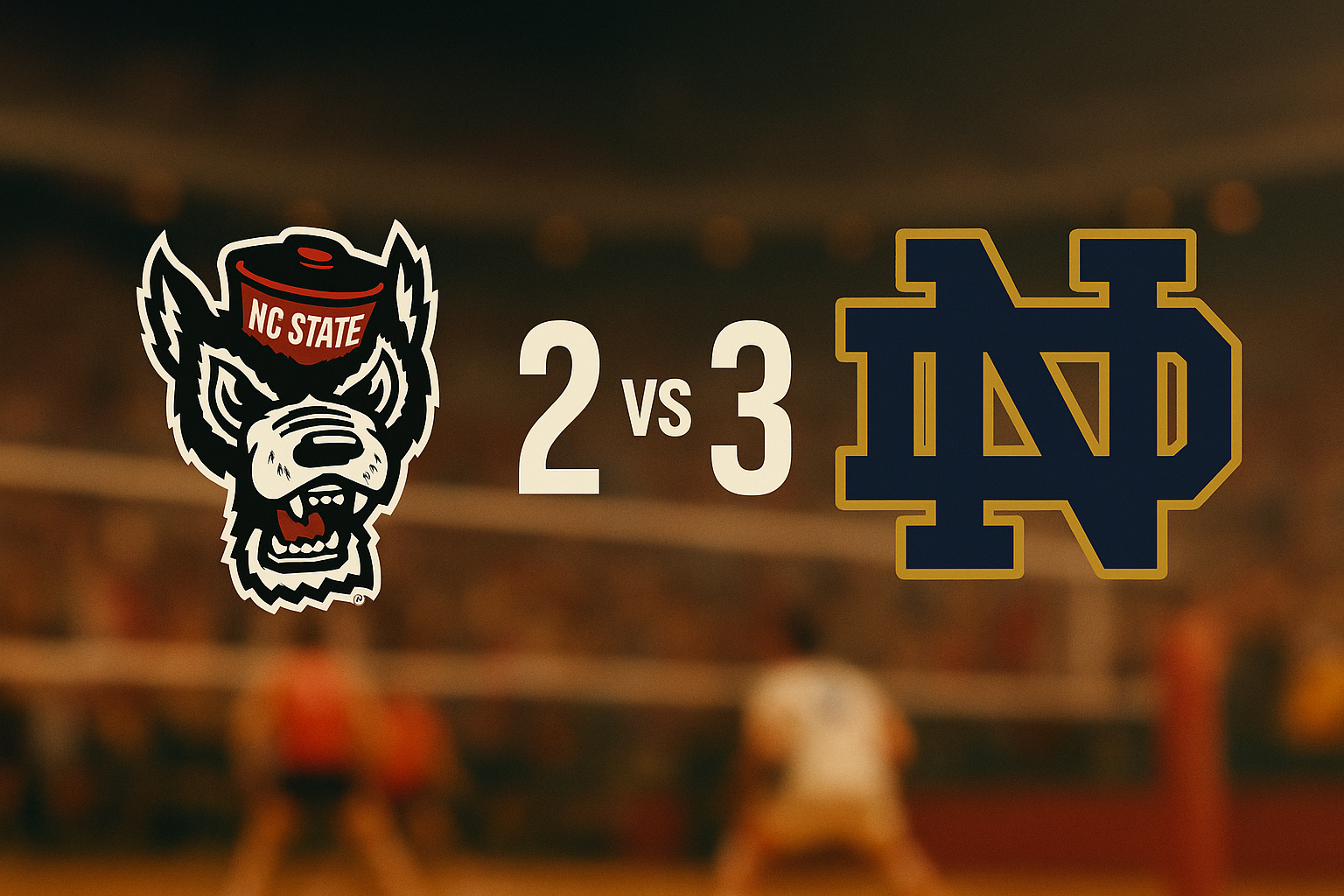Kahleah Copper Shines as Mercury Rally to Defeat Valkyries 98-91
The Phoenix Mercury secured a hard-fought 98-91 road win over the Golden State Valkyries in a matchup that highlighted resilience, depth, and late-game execution. With the victory, Phoenix strengthened its postseason positioning while Golden State faced the challenge of competing with a shortened roster.
Valkyries’ Limited Rotation
Golden State entered the game with only eight available players after Tiffany Hayes and Cecilia Zandalasini were ruled out due to health concerns. Despite being shorthanded, the Valkyries made an early statement with strong energy and precise ball movement. Kate Martin stepped into the starting lineup and contributed with perimeter shooting, while Janelle Salaün provided an early scoring burst that fueled the offense.
The limited rotation forced Golden State to rely heavily on its backcourt, with extended minutes required from key starters. The group responded admirably in the first half, building a double-digit advantage through consistent three-point shooting and disciplined execution.
Burton’s Historic Performance
One of the most notable aspects of the night was Veronica Burton’s career-best performance. She finished with 24 points and 14 assists without committing a turnover, marking the first time in league history a player recorded such a stat line. Her ability to control tempo, score efficiently, and distribute the ball kept Golden State competitive even as fatigue became a factor in the later stages.
Burton’s precision from the free-throw line and composure in half-court sets allowed the Valkyries to maintain momentum for much of the first three quarters. Her play was a reminder of her growing importance to Golden State’s system, particularly when the roster is under strain.
First Half Dominance
The Valkyries put together one of their best offensive halves of the season, scoring 59 points before halftime. Their transition attack and accurate perimeter shooting gave them a 12-point cushion at one stage, thrilling the capacity crowd of more than 18,000 fans.
Golden State’s ability to spread the floor created consistent scoring opportunities, and their ball security—just three turnovers for the entire game—was a major strength. The combination of offensive discipline and intensity in transition showcased the potential of the team when executing at a high level.
Mercury’s Second-Half Surge
Phoenix, however, adjusted effectively after halftime. Kahleah Copper spearheaded the comeback, finishing with 25 points while connecting on multiple three-pointers that swung momentum. Satou Sabally added 17 points, with the majority coming in the second half, including key baskets during the third-quarter rally.
Alyssa Thomas provided balance in the interior, nearly achieving another triple-double with 13 points, nine rebounds, and eight assists. Her ability to rebound, initiate fast breaks, and keep possessions alive gave Phoenix the edge as the Valkyries began to tire.
By the fourth quarter, the Mercury had completely shifted the tone of the contest. A decisive 20-8 scoring run highlighted their superior depth and composure under pressure. Ball movement created high-percentage looks, while defensive pressure limited Golden State’s perimeter rhythm.
Key Contributions
Beyond Copper’s leadership, Phoenix benefitted from balanced production across the roster. The ability of multiple players to step up in critical stretches underscored the team’s growth as a cohesive unit. In contrast, Golden State’s reliance on a shortened bench exposed vulnerabilities late in the game.
Laeticia Amihere provided valuable minutes for the Valkyries, adding scoring and rebounding while bringing energy off the bench. Kate Martin’s timely three-pointers and Salaün’s first-quarter burst kept the team competitive, but sustaining offensive efficiency became difficult as the Mercury tightened their defensive schemes.
Crowd and Atmosphere
The game was played in front of a sellout crowd, continuing Golden State’s streak of home sellouts in its inaugural season. Fans remained engaged throughout, celebrating the Valkyries’ explosive first half and urging the team forward in the fourth quarter despite the late collapse. The atmosphere reinforced the rapid growth of support for the expansion franchise.
Closing Stretch
In the final minutes, Phoenix displayed superior execution. Half-court sets ran smoothly, defensive rebounding limited Golden State’s second chances, and Copper’s perimeter accuracy sealed the outcome. The Mercury’s composure contrasted with the Valkyries’ visible fatigue, which ultimately swung the result.
The 98-91 victory reflected Phoenix’s ability to adapt midgame, manage momentum, and capitalize on depth advantages. For Golden State, the loss highlighted both resilience and the ongoing challenge of competing with a short rotation in a demanding schedule.
Looking Ahead
The win moved Phoenix to 21-13 on the season, keeping the team firmly positioned in the upper half of the standings with postseason seeding implications on the line. The Valkyries dropped to 18-17 but remained in the playoff picture, with upcoming opportunities to strengthen their position.
Golden State will meet Phoenix again in their next outing, this time in Arizona, providing an immediate chance for redemption. For the Valkyries, the key focus will be recovery, roster stability, and maintaining the disciplined style of play that allowed them to thrive in the first half.









